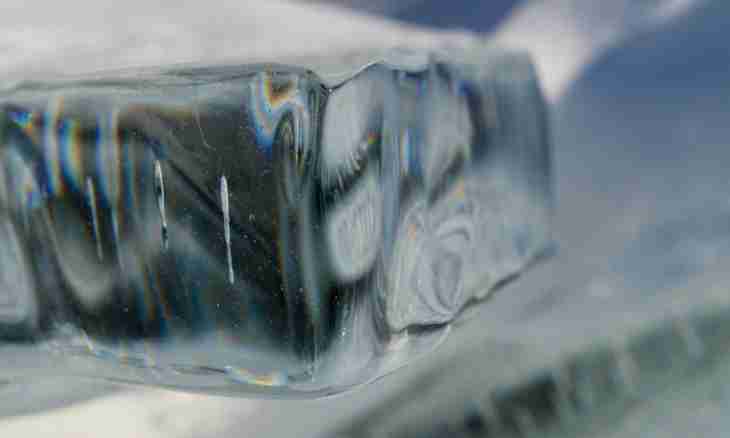In spite of the fact that the necessary information can be found in any reference book, to school and university students methods for determining index of refraction of glass are often given. It becomes because calculation of value is extremely evident and simple for an explanation of physical processes.
Instruction
1. Formally index of refraction is the conditional size characterizing ability of material to change a beam hade. Therefore the easiest and obvious way of definition of n is the experiment with a ray of light.
2. N is defined by means of the installation consisting of a light source, a lens, a prism (or usual glass) and the screen. Light passing through a lens is focused and falls on the refracting surface then is reflected on the screen which is previously marked in a special way: on the plane the ruler counting the angle of refraction of rather initial beam is drawn.
3. The main formula for finding of n always is the relation of sin (a)/sin (b) =n2/n1 where an and b – hades and refractions, and n2 and n1 - indices of refraction of environments. Index of refraction of air, for convenience is accepted equal to unit, and therefore the equation can take a form of n2=sin (a)/sin (b). In this equation it is necessary to substitute experimental values from the previous point.
4. It is incorrect to speak about a unique value of an angle of refraction of substance. phenomenon dispersions is known: dependence of n on the wavelength (L). If to speak about visible range, then the dependence has the form of the schedule e^ (-x) (back exponential) where on axis x the wavelength is postponed, and on y – index of refraction. Than less wavelength, that index of refraction is more.
5. Sunlight consists of a set of waves with different lengths. It is obvious that each of them has own value n. In the second step instead of glass the prism since it allows to increase considerably refraction is initially specified, having made it more evident. However at such increase the decomposition of light in a range is shown: on the screen the small rainbow will be projected.
6. Every rainbows color - an electromagnetic wave of a certain length (380-700 nanometers). Red color has smaller wavelength while violet – the greatest.
7. A mathematical conclusion of dispersion operates with rather difficult formulas. The idea is that n=(E*M) ^ (-1/2). M can be accepted equal 1, and to paint with E as 1+X where X – electric susceptibility of the environment. It, can be in turn painted through substance parameters which, then, are removed in even more general view. Eventually in a formula w – wave frequency appears.
